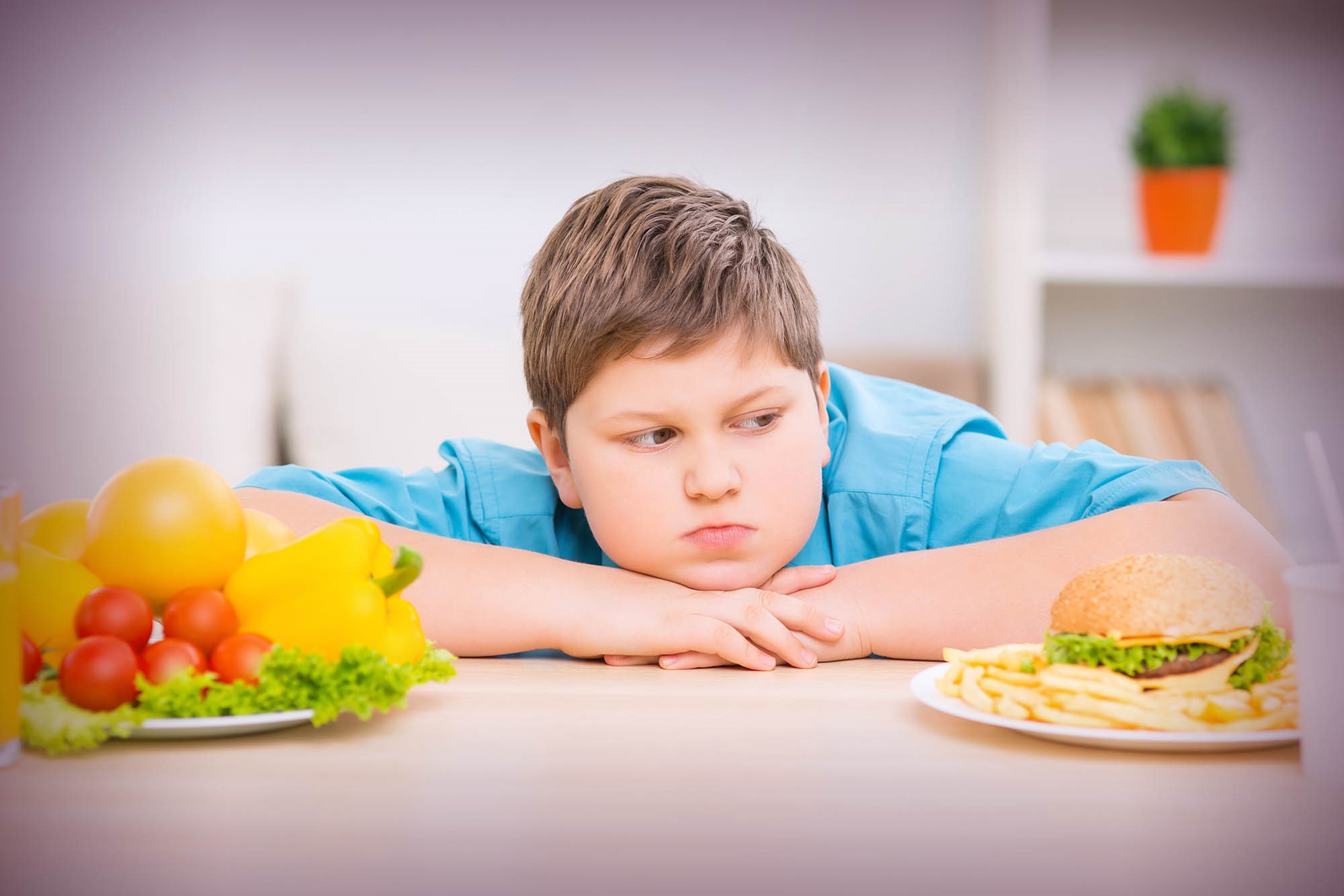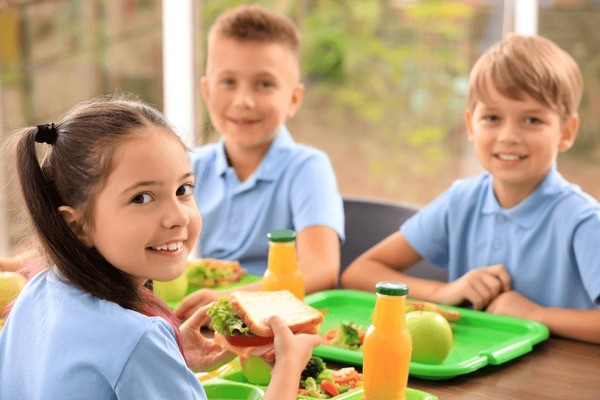Your Children's Health Articles
Eating 101: Childhood Obesity
Childhood obesity is constantly on the rise, so as parents you need to be sure that you are always monitoring your children’s fat intake. In order to help your child, maintain a healthy lifestyle, be sure to establish good eating habits like the following:
- Children with a family history of cholesterol and heart disease should drink 2 percent milk.
- After their 2nd birthday, all kids should drink 1 percent milk.
- Serve your child lean meats and fish.
- Limit your child’s cheese intake.
- Limit fruit juice intake to 4 to 6 ounces per day.
- Offer low-fat snacks like yogurt, pretzels or fresh fruit.
Prepare foods using low-fat methods
Food for Thought Your Child’s Lunch- To Pack or Not to Pack
It’s a well-known fact that school-aged children who do not eat a nutritious breakfast or refuel with nutritious lunch during the middle of their school day lack focus, can be disruptive in class, and can oftentimes be very distracting to their fellow classmates.

Because kids are growing daily, they need the appropriate calories and nutritious value in their meals, especially breakfast and lunch, so that they can meet the demands of their growing bodies. If you need some help in decided what you should be packing in your child’s lunch and what you should be keeping at the grocery store here is some help…
Lunchables or other pre-packaged lunch kits – Nutritionists call this “double packing” in that manufacturers have already packed the lunch and then you repack it into their lunch. Most of these pre-packaged lunches contain lots of sodium and fat, along with very few nutrients. These packaged meals leave kids feeling unfulfilled and therefore not refueled when it comes to tackling the rest of their day.
White bread – While sandwiches are a good choice for your child’s lunch, if you are using white bread to make your sandwiches, then you are missing out on some significant nutritional value. Instead try some whole grain bread, with at least 3 grams of fiber per slice, so that your child gets more out of their sandwich than usual.
Fruit snacks – Fruit snacks are so very deceiving… they say they are made with real fruit, but they are made with fruit juice which is just sugar. Plus, fruit snacks get lodged into your kid’s teeth very easily leading to decay. Choose an apple, orange or another healthy fruit for your child’s lunch instead of those deceptive fruit snacks.
Soda – sure it’s a no-brainer that you shouldn’t be packing soda into your child’s lunch, but still kids drink soda. Soda is high in sugar, high in calories, and high in caffeine and that’s about it! Nutritionists are also weary of sports drinks, like Gatorade, because they are primarily sugar with some added salt. Milk or water is always best.
Back to School 101: Backpack Weight
Last year, Consumer Reports sent a survey team to several schools to find out how much weight kids were lifting … in their backpacks. Parents were shocked to learn that of the students surveyed, the average weight hauled by second-graders was 5.3 pounds, fourth-graders carried 4.6 pounds and sixth-graders averaged 18.4 pounds.
To help alleviate some of the back pain and stress, Consumer Reports suggest that parents should keep the following factors in mind:
- Check for good stitching that can hold a decent amount of weight.
- Shoulder straps anchors should be about 1- to 2- inches below the top of the shoulder.
- The bottom of the backpack should go along the curve of the lower back and the backpack itself should not fall more than 4 inches below the waist.
Back to School 101: When to Keep Your Child Home
Now that school is back in session and children are more susceptible to COVID, colds and the flu, many parents wonder whether it is safe to send their child to school or not. While many schools have specific guidelines regarding sick children, the following points are a general rule of thumb that will help you determine whether it is safe or not for your child and others.

Your child will need to stay home if:
- They have a fever higher than 100.4 degrees Fahrenheit.
- They are vomiting.
- They have diarrhea.
- They are in the first 24 hours of pink eye or strep throat antibiotics.
Generally, children can return to school when they have no fever, they can eat and drink normally, they are well rested and alert enough to pay attention in class and once they have completed any doctor-recommended isolation due to pink eye or strep throat.
Eating 101: Childhood Obesity
Childhood obesity is constantly on the rise, so as parents we need to be sure that we are always monitoring our children’s fat intake. In order to help your child, maintain a healthy lifestyle, be sure to establish good eating habits like the following:

- Children with a family history of cholesterol and heart disease should drink 2 percent milk.
- After their 2nd birthday, all kids should drink 1 percent milk.
- Serve your child lean meats and fish.
- Limit your child’s cheese intake.
- Limit fruit juice intake to 4 to 6 ounces per day.
- Offer low-fat snacks like yogurt, pretzels or fresh fruit.
- Prepare foods using low-fat methods like broiling, steaming or roasting.

